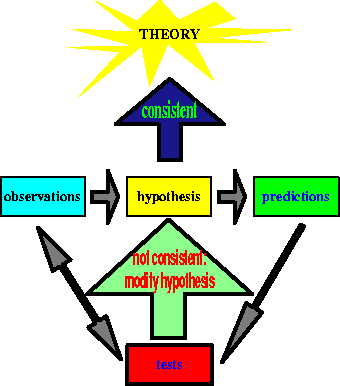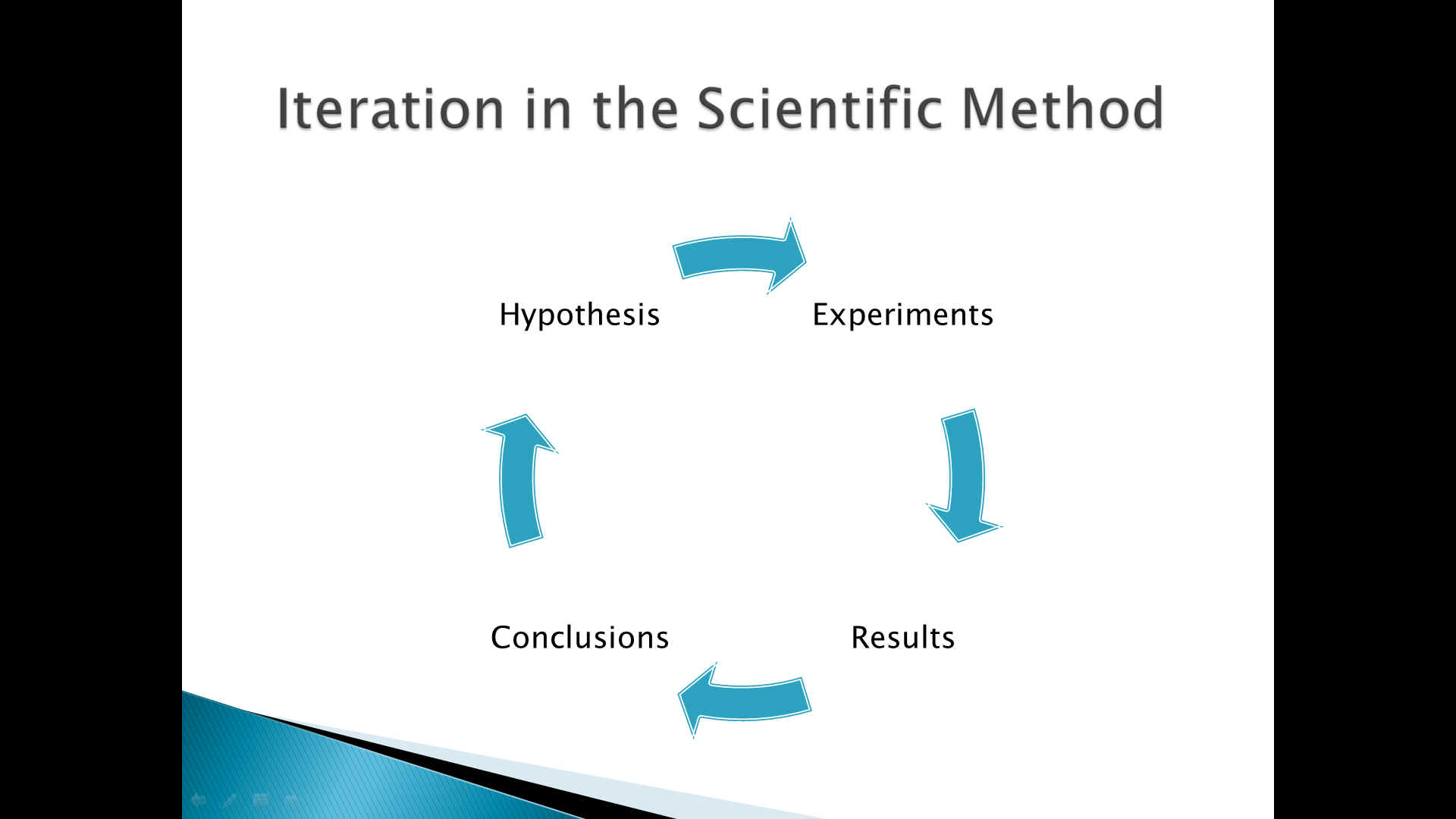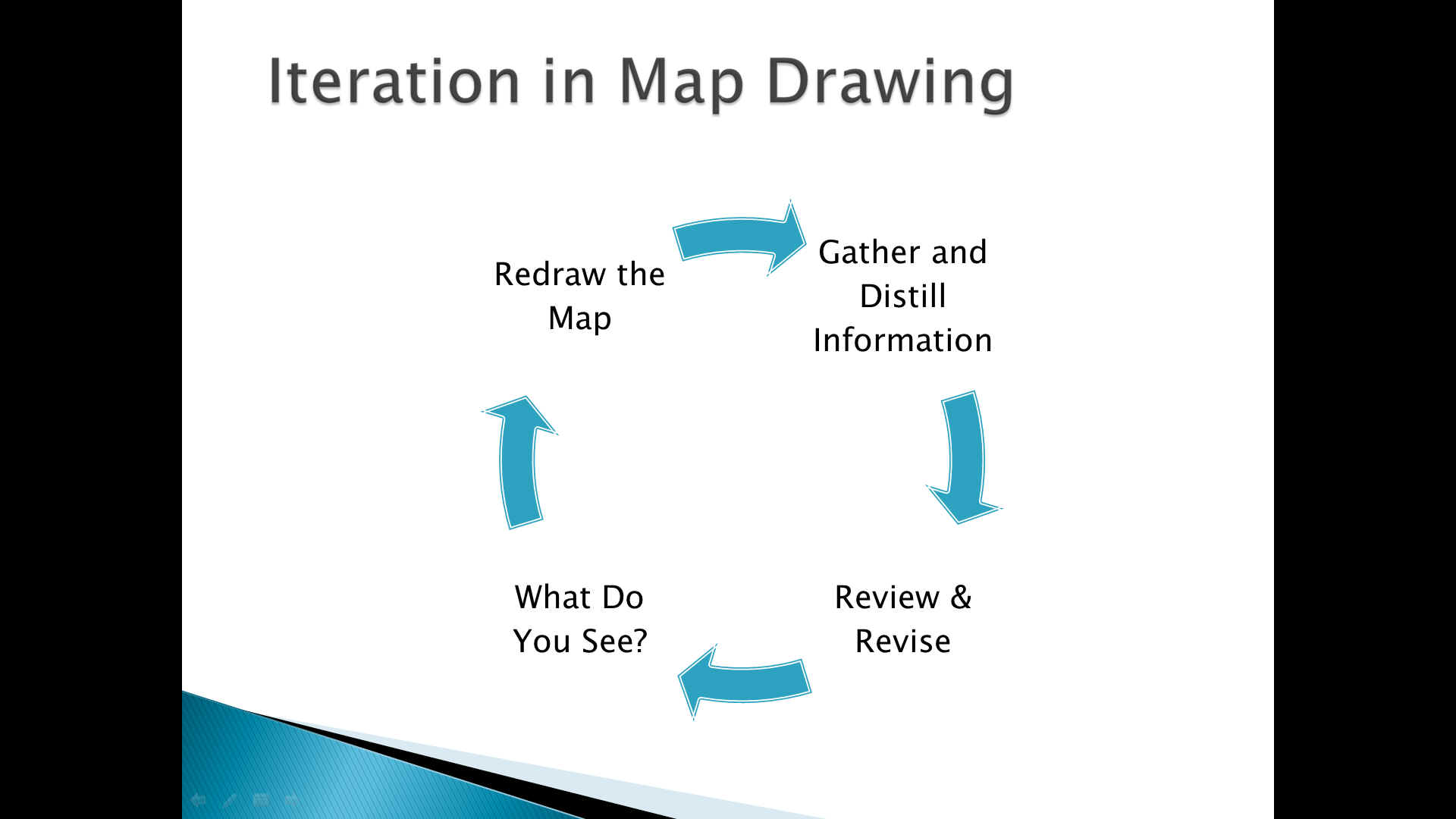What Is the Scientific Method?
What is the scientific method to a physicist?

Note: The above diagragm and the following text were copied from http://physics.ucr.edu/~wudka/Physics7/Notes_www/node6.html
The scientific method is the best way yet discovered for winnowing the truth from lies and delusion. The simple version looks something like this:
· Observe some aspect of the universe.
· Invent a tentative description, called a hypothesis, that is consistent with what you have observed.
· Use the hypothesis to make predictions.
· Test those predictions by experiments or further observations and modify the hypothesis in the light of your results.
· Repeat steps 3 and 4 until there are no discrepancies between theory and experiment and/or observation.
When consistency is obtained the hypothesis becomes a theory and provides a coherent set of propositions which explain a class of phenomena. A theory is then a framework within which observations are explained and predictions are made.
The great advantage of the scientific method is that it is unprejudiced: one does not have to believe a given researcher, one can redo the experiment and determine whether his/her results are true or false.
What is the scientific method to an epidemiologist?
"The systematic collection and analysis of data involves the determination of whether a statistical association exists--in other words, whether the probability of developing a particular outcome in the presence of a given factor or exposure is different from the corresponding probability in its absence. It is then necessary to assess the validity of any observed statistical association by excluding possible alternative explanations, such as the luck of the draw (chance), systematic errors in collecting or interpreting data (bias), as well as the effects of additional variables that might be responsible for the observed association (confounding). Finally, a judgment is made as to whether the statistical association represents a cause-effect relationship between exposure and disease. Such a judgment requires inferences far beyond the data from any single study and involves consideration of criteria that include the magnitude of the association, the consistency of findings, from all other studies, and biologic credibility." [Epidemiology in Medicine]
What is evidence-based medicine (EBM) to a psychiatrist who does research?
"In my reading of EBM, the basic idea is that we need to understand what kinds of evidence we use, and we need to use the best kinds we can: this is the concept of levels of evidence. . . . The basic constant idea is that randomized studies are higher levels of evidence than non-randomized studies, and that the lowest level of evidence consists of case reports, expert opinion, or the consensus of the opinions of clinicians or investigators. . . . This does not mean that such evidence [the lowest level] is wrong, nor does it mean that it is not evidence; it is a kind of evidence, just a weak kind." [Ghaemi]
What is the scientific method for the Institute of Healthcare Improvement?
"Once a team has set an aim, established its membership, and developed measures to determine whether a change leads to an improvement, the next step is to test a change in the real work setting. The Plan-Do-Study-Act (PDSA) cycle is shorthand for testing a change — by planning it, trying it, observing the results, and acting on what is learned. This is the scientific method, used for action-oriented learning." [Institute for Healthcare Improvement]
A discipline to discover the truth requires iteration (repeated trials) and consistency.
Iteration is “a procedure in which repetition of a sequence of operations yields results successively closer to a desired result.” [Merriam-Webster Dictionary] Given the motive to find the truth, the scientific method is driven by iteration and testing for consistency in physics, epidemiology, organizational improvement, and drawing a map of the knowledge domain of occupational hazards and diseases.

Figure 6a. The scientific method is based on repeated observations.

Figure 6b. Map drawing (cartography) is a scientific discipline.
Revised: May 30, 2018